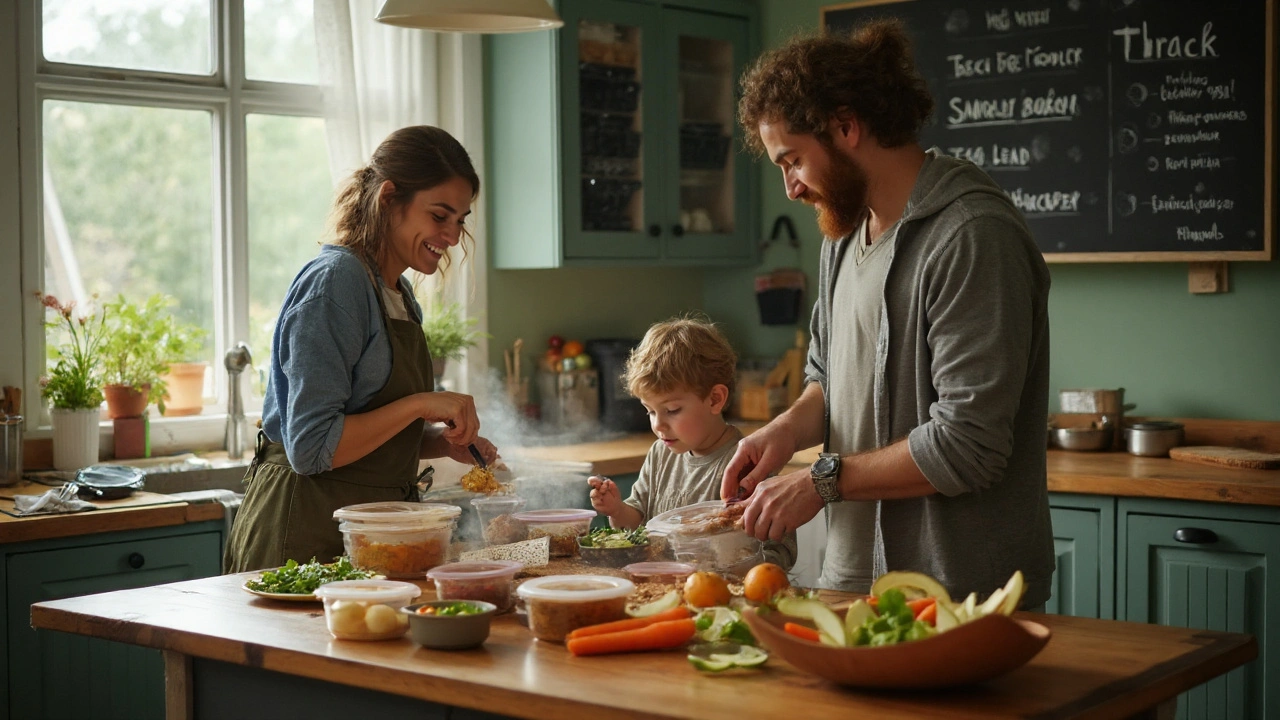Sustainable Eating: Easy Steps for a Greener Plate
Did you know that food production creates about a third of global greenhouse gases? It sounds huge, but the good news is that what you put on your plate can shrink that number fast. Even tiny changes add up, and you don’t need to become a celebrity chef or spend a fortune. Let’s walk through what sustainable eating really means and how you can start right now.
Why Sustainable Eating Matters
Eating sustainably isn’t just about saving the planet; it’s also about feeling better and keeping more cash in your wallet. When you choose fresh, local produce, you cut down on transport emissions and support nearby farmers. Plant‑based meals tend to need fewer resources—less water, less land—so they’re kinder to the earth and often lower in saturated fat, which helps your heart. Plus, seasonal foods are at their peak flavor, so you actually get tastier meals.
Practical Steps to Make Your Meals Greener
Start with your shopping list. Pick items that are in season and grown nearby; they’re usually cheaper and require less packaging. Try a “vegetable‑first” rule: fill half your cart with veggies, beans, or whole grains before you think about meat. When you do buy meat, go for smaller portions and choose sustainable sources like pasture‑raised or responsibly farmed options.
Planning is a game‑changer for waste reduction. Take a few minutes each week to map out breakfasts, lunches, and dinners. Use leftovers creatively—roast veg can become a soup, stale bread a crouton. Store food properly: keep berries in a paper towel‑lined container to stay fresh longer, and freeze herbs in ice‑cube trays with a splash of olive oil for quick flavor boosts.
Quick, eco‑friendly recipes can keep you on track without a lot of effort. A simple stir‑fry of broccoli, carrots, and tofu, tossed with garlic, ginger, and a splash of soy sauce, packs protein and fiber while using only one pan. A bean and corn salad, mixed with lime, cilantro, and a drizzle of olive oil, is ready in ten minutes and serves as a hearty side or main dish.
Don’t forget the small wins. Swap disposable plastic wrap for reusable beeswax wraps, bring your own tote bags to the market, and compost fruit peels if you can. Each habit reduces the amount of waste that ends up in landfills and gives you a sense of control over your impact.
Start with one change that feels doable—maybe a meat‑free Monday or a weekly visit to the farmer’s market. Track what works for you, adjust as needed, and watch the benefits pile up: fresher taste, lower bills, and a lighter carbon footprint. Sustainable eating is a journey, not a sprint, and every bite counts.
Healthy Diet as a Lifestyle: Sustainable Eating Habits That Last
- Leonard Trimble
- Sep, 8 2025
Turn healthy eating into a lifestyle. Practical steps, meal templates, and checklists to build habits, shop smart, and stay consistent without fads.
Learn More